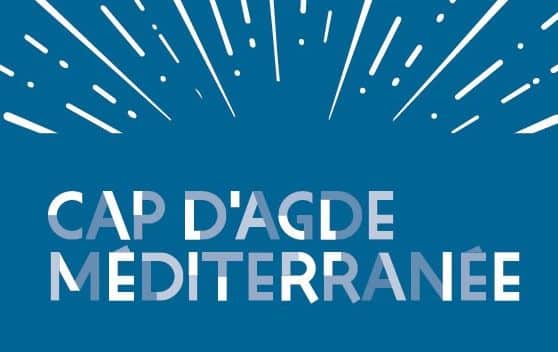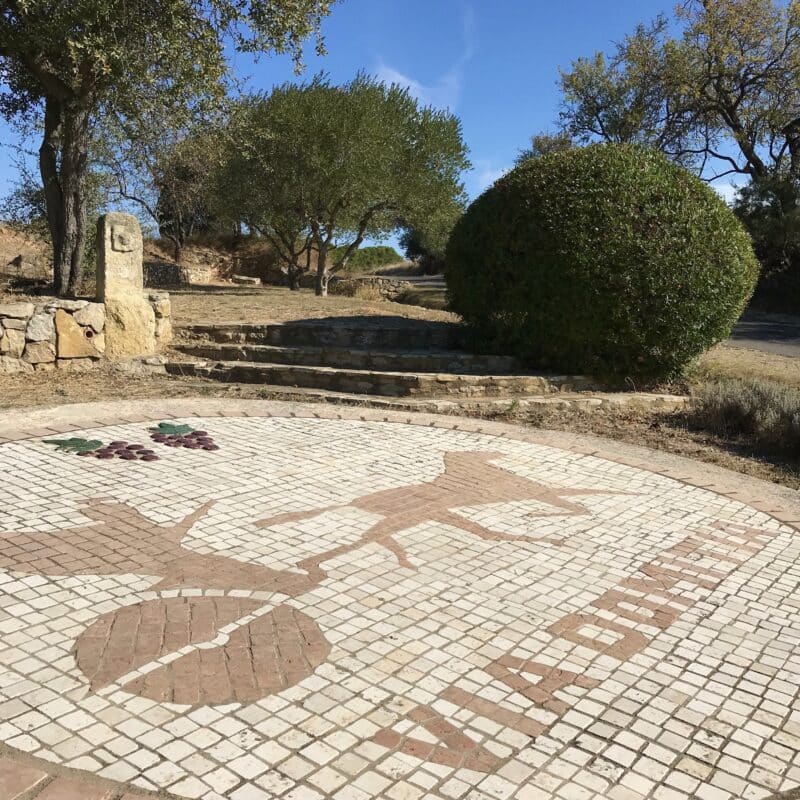The amazing Via Domitia remains can be seen in Vallongue woods in Pinet. This ancient Roman road, which is a listed historic monument, is remarkably well preserved. Various boards provide information about its history and a cross-section gives you a chance to find out more about its construction.
A little history
During the 2nd century BCE, the Roman Empire dominated the Mediterranean region. It was at this time that Roman legions, led by the Consul Cneius Domitius Ahenobarbus, crossed the Alps, conquering the land from Italy to Spain. This region then became Transalpine Gaul.
Once established within the region, the Romans built a main road from one end of the province to the other, named the Via Domitia after the conqueror, Domitius.
They founded several settlements along this road and the entire area was divided up and organised according to principles and practices specific to Roman cadastres and urban planning methods.
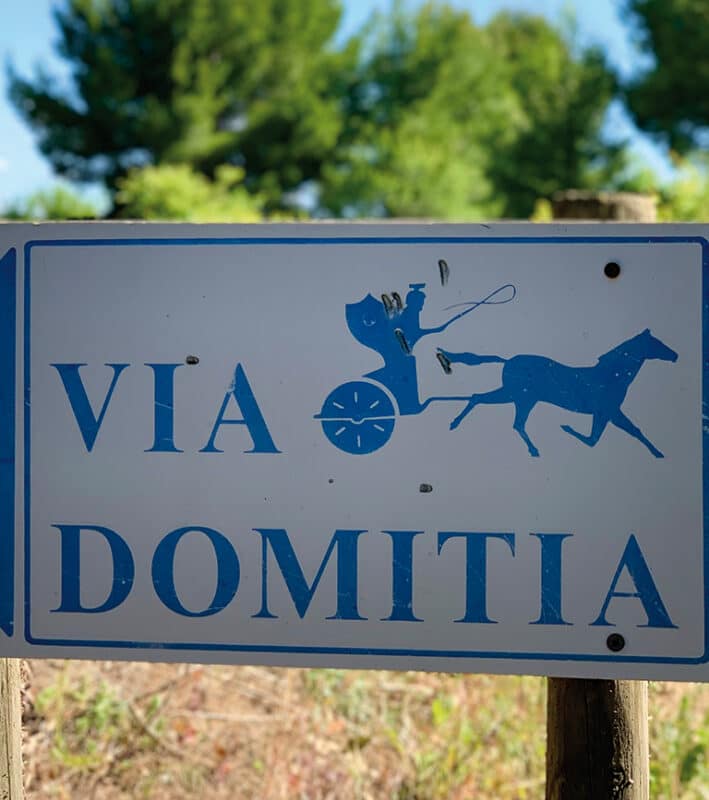
A military and strategic route
Cneius Domitius Ahenobarbus, who was responsible for colonising the province, together with his legions, built an overland route with the aim of establishing a presence in the south of Gaul and securing Rome’s control in Spain.
This road primarily served a military and strategic purpose: it had to be passable all year round (unlike the sea) and allow Roman armies to move immediately and as quickly as possible.
The Via Domitia subsequently became an important communications route that facilitated trade and commerce. It was used by traders, travellers and pilgrims up until the Middle Ages.
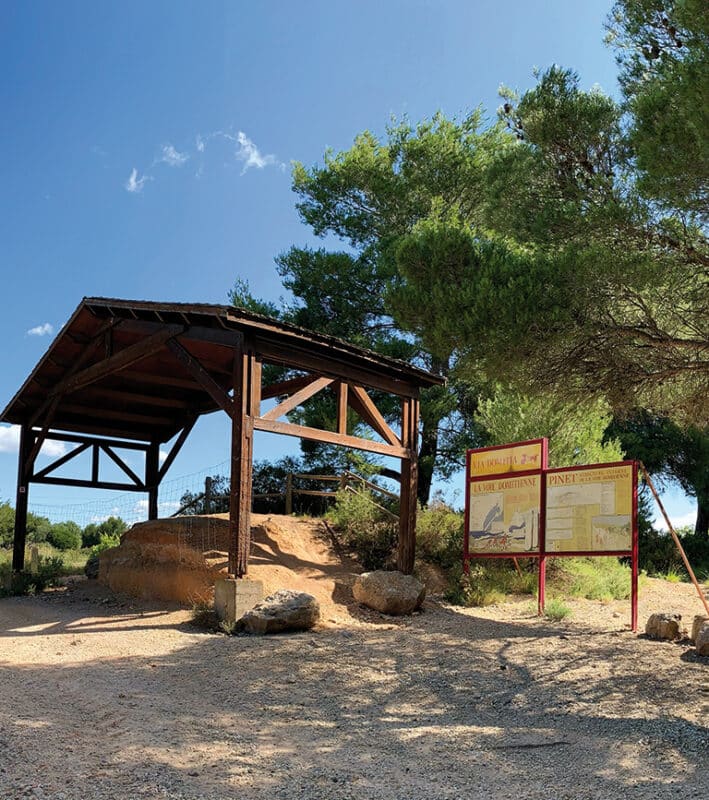
Milestones
You’ll find 2 milestones on this branch of the Via Domitia.
As their name indicates these milestones were used to mark every “Roman mile” (1 Roman mile = 1,418 m, the Roman unit of length being the double pace).
Much like today, they helped travellers assess distances and locate their position on the road. But, in addition, the marker also served as a vehicle of propaganda. In fact, on the stones you can read the name of the Emperor, his title and any repairs carried out to the road.
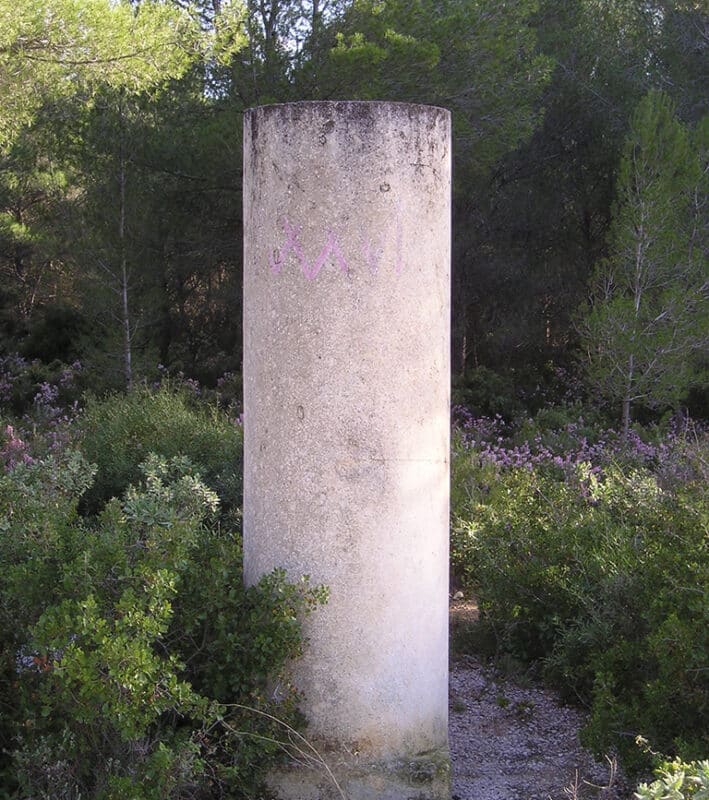
A Roman chariot?
This chariot, known as the “cursus publicus” is the modern-day symbol of the Via Domitia. However, it also represents one of the main purposes of this ancient road: its administrative function.
Networks with stops and staging posts were created to help disseminate information. The Imperial Post, accompanied by the official courier was transported in a light carriage (cisium) travelling on average 75 km/day and sometimes even twice that distance!
Also worth a visit: hiking trail along the Via Domitia
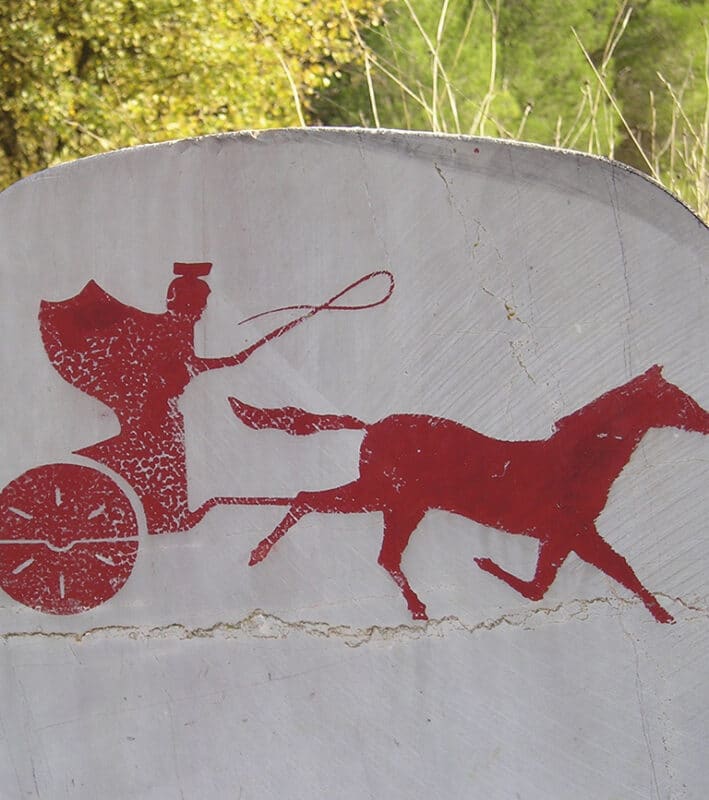
Other ideas for exploring the surrounding countryside include wine hikes such as “Land Art dans les Vignes” in the Montagnac vineyard or “Du Vin à la Source” in the Pomérols vineyard.
It is forbidden to reproduce images

